Food for Thought
Q How can I make the growing interest in edibles work for my business?
If you are like many retail garden center owners, you may be offering a selection of fruit, herb and vegetable plants along with your inventory of flowering and foliage plants this year. If so, you also may be doing your own “trendspotting” survey on your customers’ increased interest in growing their own food. Perhaps you’re already seeing the effects of what many predicted would be an uptick in the sales of edibles and related supplies this growing season.
In early 2009, a National Gardening Association survey found that about 7 million more Americans were planning to grow their own fruits, vegetables, herbs or berries this year than in 2008. And, of those already active in food gardening, 11 percent said they would increase both the quantity and number of varieties of vegetables they grow this year.
These findings were similar to those from a survey on my website, www.pallensmith.com. I asked my site visitors about their plans and found that 64 percent already had vegetable gardens. And of those who didn’t currently have a place to grow food, one-third said they planned to start a “traditional” vegetable garden and another third said they planned to grow their vegetables in containers.
There seem to be several factors in this increase in food growing. The idea of growing edibles at home really caught on when First Lady Michelle Obama planted a kitchen garden at the White House with area elementary-school children and encouraged other Americans to join her family in growing their own food. She emphasized the health advantages of homegrown vegetables and the exercise benefits of gardening. For others, in this time of recession, food gardening is a way to save. The U.S. Department of Agriculture claims that $100 spent in the garden yields more than $1,000 worth of food. And the National Gardening Association estimates that a well-tended garden can yield an average return of $500, taking into account the gardener’s expenditures and the price of produce. Beyond saving money, there are also those who are concerned about food safety. With nationwide recalls of tainted peanut butter, meat and spinach, families are increasingly interested in where and how their food is grown and handled.
Get In on the Ground Floor
Strike while the iron is hot! Take advantage of this increased interest; as with any trend, there will be novices who are excited about the idea of a garden but will need help getting started.
First-time gardeners could once rely on their parents or grandparents for advice, but today there are fewer families with agrarian backgrounds. That’s where you come in.
As I travel around the country, it’s great to see the innovative, inspiring ways garden center owners are sharing with novice vegetable gardeners the advantages of growing their own groceries and showing them fun and easy ways to do it. Some retailers set up in-store demonstrations to show how much food can be grown in just a few 4×4-foot framed beds. Stores in urban settings that serve customers with small yards or no yards at all, only decks and terraces emphasize “containerscaping” using a new range of patio-sized plants. Herb wreaths that can hang on the wall or plants in window boxes help consumers see how edibles can be a part of any landscape. Some store owners show how to mix flowers and herbs with vegetables to create double-duty containers that are both beautiful and useful, which appeal to urban sensibilities.
Along with these in-store demonstrations, some retailers also offer weekend workshops or post planting plans to their websites and include shopping lists of supplies and materials that are available at their stores. They also use e-newsletters and blogs that encourage customers to share their experiences.
The Sky’s the Limit
Along with homeowners, there are other types of customers that you may want to pursue. Community gardens are becoming popular, particularly for those who don’t have space for a garden. Each person is assigned a plot to raise their food. Consider offering this group of dedicated gardeners special discounts on bulk purchases of plants and materials. Another possible customer is your local Community Supported Agriculture, which has become a popular way for consumers to buy local, seasonal food directly from farmers. With CSA, farmers offers the public a certain number of “shares,” which typically consist of a box of vegetables each, but other farm products such as eggs or cheese also may be included. Interested consumers purchase a share or a membership for the season and in return receive seasonal produce each week throughout the farming season. These and other local entrepreneurs who see the need to supply farmers markets, public institutions and restaurants with seasonal food may be in your area. Consider getting involved with these enterprising groups of large-scale gardeners. They may become a lucrative new aspect of your business.
Whether you are selling to homeowners or larger-scale customers, the renewed emphasis on food growing is an opportunity for developing a broader customer base for all retailers.
SIDEBAR
Ensure Success
One of the best ways to build customer loyalty is to make sure first-time gardeners are successful. When they get the results they were hoping for, they will be enthused and continue pursuing their interest. Rather than going for a big sale that might lead to novice gardeners becoming overwhelmed and discouraged with their projects, help them make choices that match their time, energy and budget.



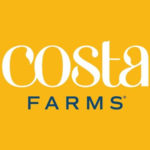

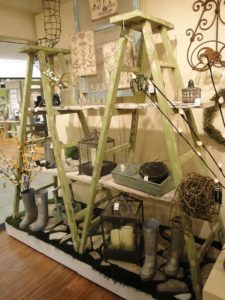
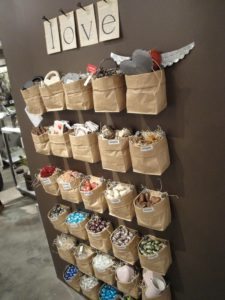
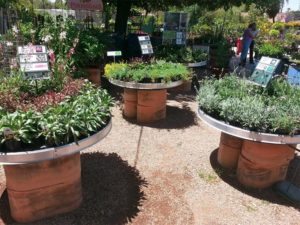

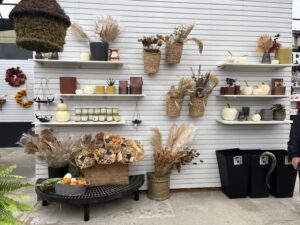
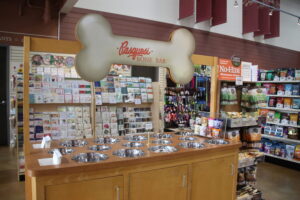

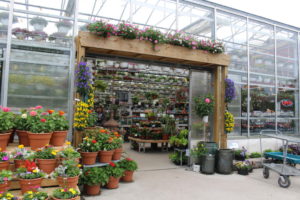



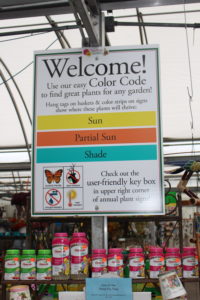
 Videos
Videos





